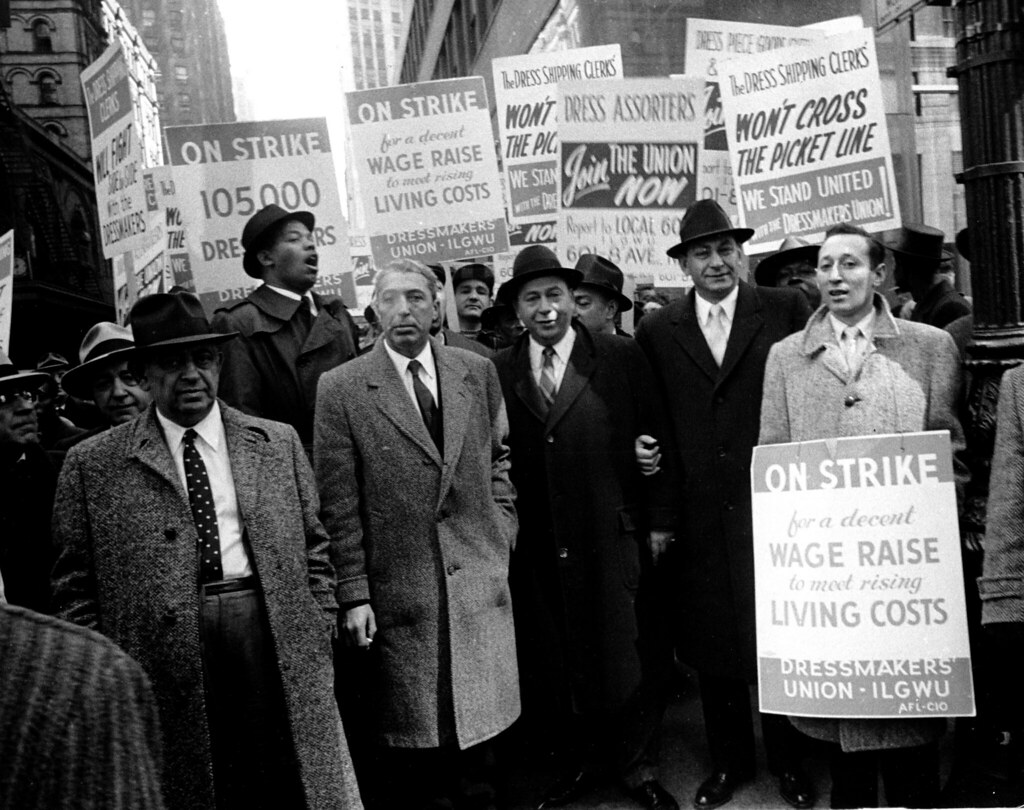
Introduction
If you’ve ever heard the terms “union” and “strike”, you may feel like it’s all very complicated. You’re not wrong. A union strike is a powerful tool that can be used by unions to exert pressure on employers in order to get what they want (an agreement). However, the way a strike works is not always clear and there are laws that govern how it can be done. Here are some things you should know about Union Strikes:
A strike is a work stoppage where employees refuse to work until their employers meet their demands. Strikes are often extended over several days, and can involve hundreds or even thousands of workers across multiple industries. Strikes are often used as tools during labor disputes between unions and management, with the intention of putting pressure on employers during negotiations for better working conditions and higher wages for employees.
Strikes can take many forms; some involve workers walking off the job, while others involve physical blocking of entrances or picketing outside a workplace. Even though they’re designed to put pressure on employers during contract negotiations over wages and benefits—and ultimately help employees secure better working conditions—unions often come under fire from critics who question how effective they actually are at achieving these goals.
Strikes are usually meant to be temporary, not permanent, and workers hope to achieve concessions from their employers in exchange for ending the strike.
As a general rule, strikes are temporary. A union will typically strike for as long as it can until the employer agrees to its demands or concessions. In many cases, strikes end with both sides reaching an agreement and returning to work together in unity. But if neither side is willing to compromise, then the strike may continue indefinitely—or even escalate into an all-out war between the workers and management.
It’s important to note that not all strikes are meant to be permanent; rather, they’re designed as a means through which workers can achieve concessions from their employers without losing their jobs permanently (or at least not immediately). The idea is that after a strike has ended successfully and both sides have made some headway on issues facing workers in general (such as wages), then everyone goes back home feeling like they’ve achieved something worthwhile through this process: management gets what they wanted out of this conflict but also meets some needs of its employees; employees get what they wanted out of this conflict but also meet some needs of their bosses (such as reasonable working conditions)..
Before a strike can happen, a majority of workers needs to vote for it and some strikes are organized by multiple unions.
A strike is a work stoppage in which employees refuse to work, usually for a limited period of time. Strikes may be called by unions or other labor organizations such as workers’ councils to gain concessions from employers. A strike may be on an individual basis; however, walkouts are more commonly organized by multiple unions.
Workers choose this tactic because it allows them to skip employment without risking their jobs and also because they cannot easily go back without the consent of their employers. A successful strike results in improvements in pay and conditions for union members, although not always immediately; some strikes have lasted years before the union has won its demands.
A union strike is an event that requires careful planning and organization on the part of the responsible union members and officers.
A union strike is an event that requires careful planning and organization on the part of the responsible union members and officers. In order to have a successful strike, there are several things you must do:
● Make sure your organization is ready for a strike. This means having the support of your members and being able to use it effectively, as well as having a strong financial base for continued support. It also means being prepared for long-term legal battles (if necessary).
● Know what you want from the negotiation process before going into it. Even if you are trying not to appear unreasonable, having clear goals will help keep your demands consistent throughout negotiations so that they cannot be easily dismissed later on.
● Have an exit strategy in case negotiations break down entirely or one party becomes too unreasonable at any point during them; this includes knowing who else might be willing to help out if needed (such as other unions), how much financial support those groups might provide during such an event, etcetera
Conclusion
The main takeaway from this article is that a strike is a powerful tool for workers to use. It is a form of direct action, but it can also be used as a way to put pressure on management in order for them to concede more favorable terms. Before you go out and join the picket line with your fellow employees, there are some things you need to know about strikes so that they don’t get out of hand. To learn more about picketing, please read our article on Informational Picketing. The National Relation Board has an excellent reference to review as well.










